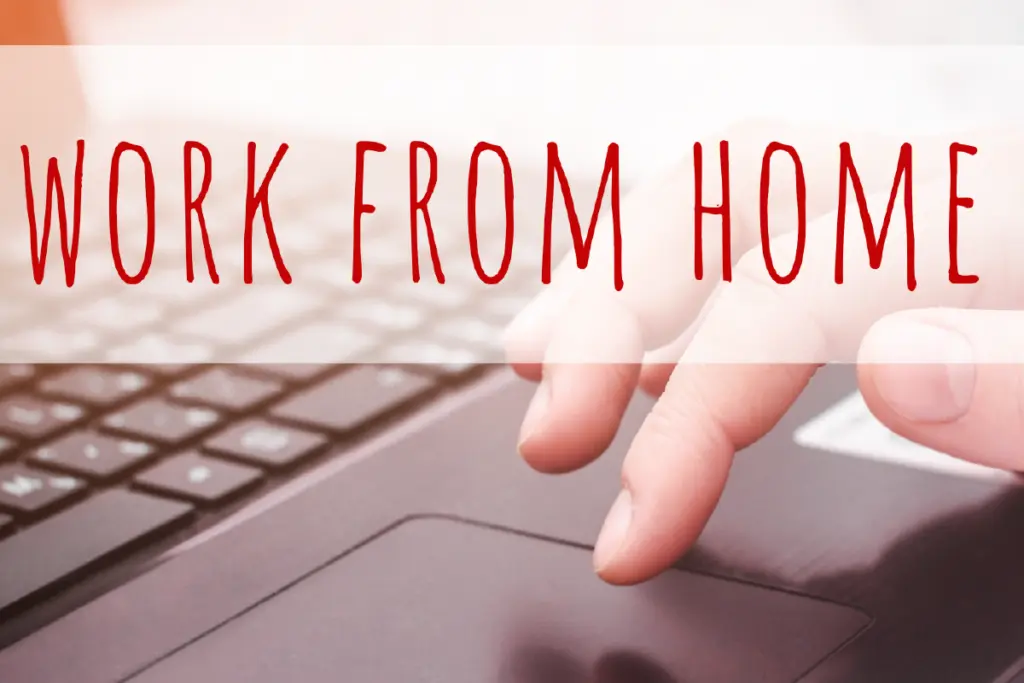‘When the World Stayed Home’ – Report on Threat and Key Takeaways for Businesses
The coronavirus outbreak brought challenges to all when officially declared as a global pandemic by WHO in January. Individuals and businesses alike wrestled with the financial ramifications and cyber risk, resulting from altered ways of working and operating day to day, in order to keep afloat with the changing times.
Aside from the outward threat faced by infection from the illness, 90% of global businesses faced a greater increased threat from cyber risk, too.
As we adjust to a new working normal, the face of cyber threat has altered to align with our changes. But how did we get here? And what exactly was the scale of online threat that IT leaders had to face When the World Stayed Home?

Increased Danger
A recent study* of 1000 IT chiefs (CXO, CTO, VP, CEO) across the US, UK, France and Germany has revealed that 98% of organisations faced security challenges after being forced to adopt remote working practices. The haste in response demanded by the rampant spread of the virus meant that 93% of respondents delayed or cancelled other security priorities, such as identity and access management, in order to accommodate the transition to a distributed workforce.
Approximately 90% of the respondents, all within companies of 1000+ employees, experienced an increase in the frequency of cyberattack. Internal IT teams were challenged greatly by the visibility of new devices, which overwhelmed capacity due to VPN requirements and increased security risk from the use of third-party conferencing tools, such as Zoom
Device Security and Cyber Risk Vulnerabilities
Securing the personal devices of employees proved, and still proves, to be the biggest source of cyber risk to businesses and their networks. 80% of IT leaders had difficulties with patching security vulnerabilities in general, with 43% experiencing these difficulties on remote workers’ devices. Around half of respondents were able to scan and patch, however were not able to track how many devices had been repaired and patched, due to the volume of new devices accessing the network.
Future Outlook
The general mood amongst IT DMs for the future is gloomy; 85% of businesses believe the negative impacts of the pandemic will still be felt for months to come. As companies settle into a new working norm with a more flexible, concentrated approach to home-working, organisations will rely heavily on remote working setups for employees. Yet, 70% of IT authorities believe that successfully implementing these systems will be difficult, due to issues surrounding compliancy, managing cyber security risk, and maintaining a balance between cyber risk and employee (device) privacy.
What needs to be done?
The responsibilities of IT leaders over the next 12 months will focus heavily on implementing secure, safe and compliant remote working practices that can be quickly and seamlessly deployed across the workforce.
As new strategies are defined, a key element will include the consideration of MDM (Mobile Device Management), to ensure company networks are protected on employee personal devices. At Serbus, we provide a managed suite of mobile security tools for businesses to ensure they can track, scan, patch and defend against external cyber threat via employee mobile devices, one of the most vulnerable passages to the company network.
Our BYOD (Bring Your Own Device) option makes it fast and simple for companies with large workforces to deploy safe remote working to employee devices, in order to ensure compliancy and improve productivity.
To speak to us about your requirements or try out our secure communications solution and see how we can help at this time, email us on [email protected], or call us on +44 (0)1423 870 879.
*Tanium, When the World Stayed Home whitepaper